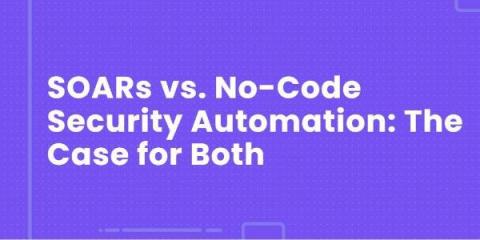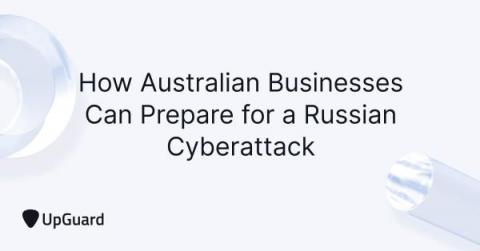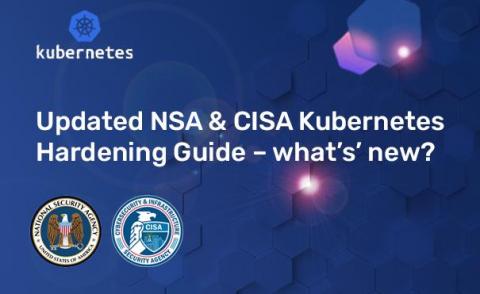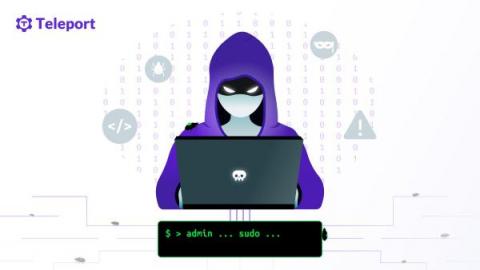SOARs vs. No-Code Security Automation: The Case for Both
Just a few years ago, security orchestration, automation and response (SOAR) was the new buzzword associated with security modernization. Today, however, SOAR platforms are increasingly assuming a legacy look and feel. Although SOARs still have their place in a modern SecOps strategy, the key to driving SecOps forward today is no-code security automation.










